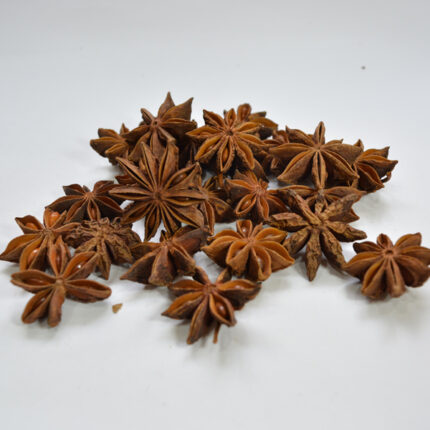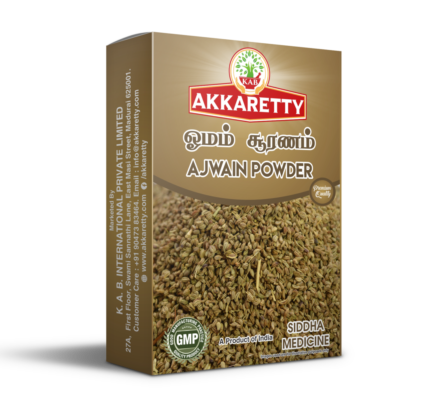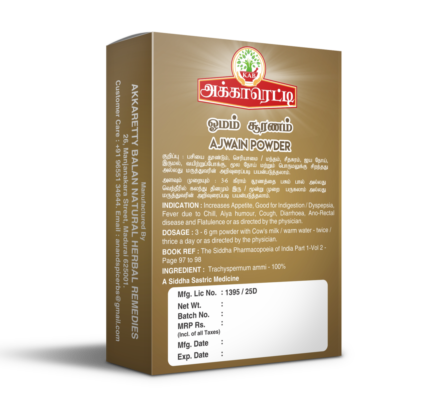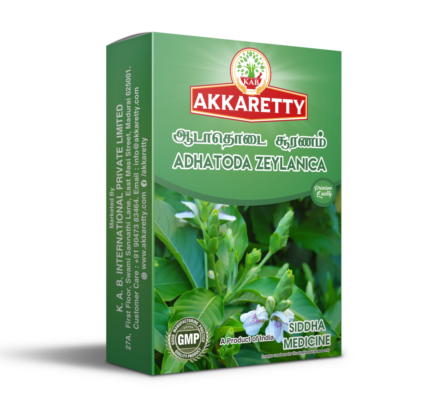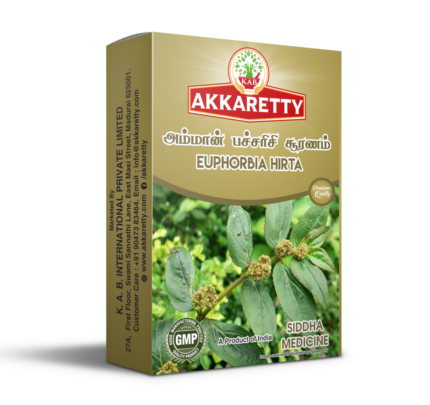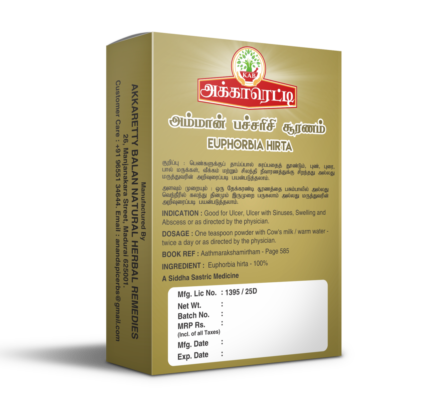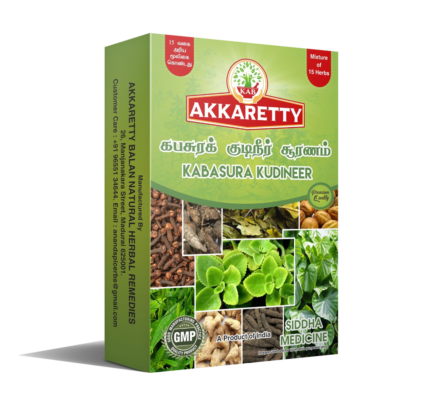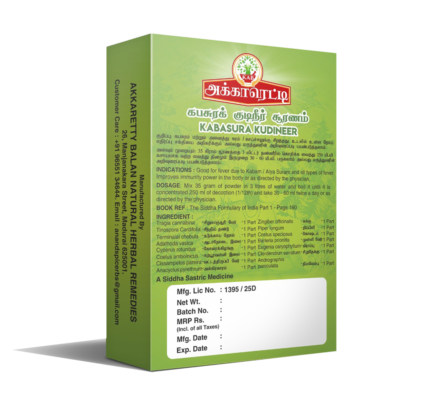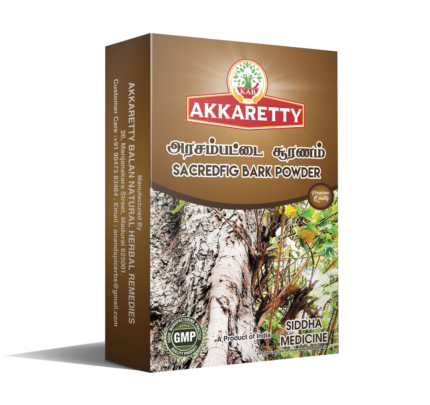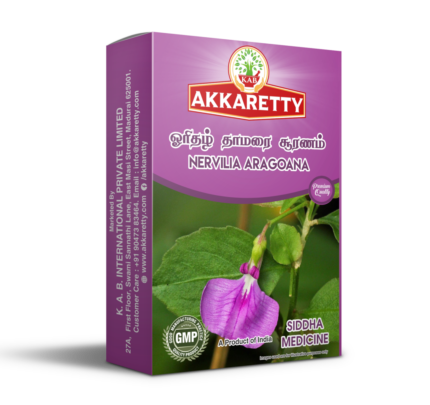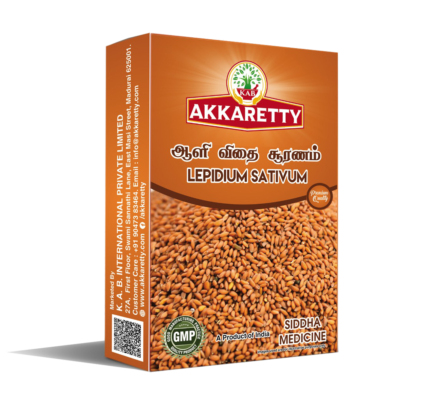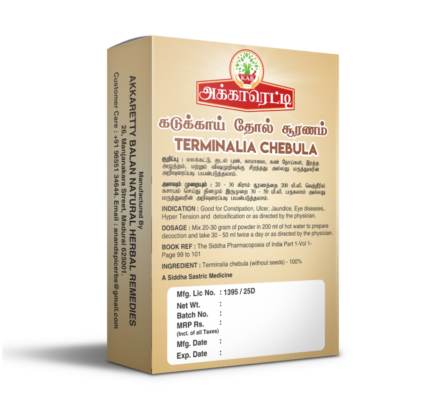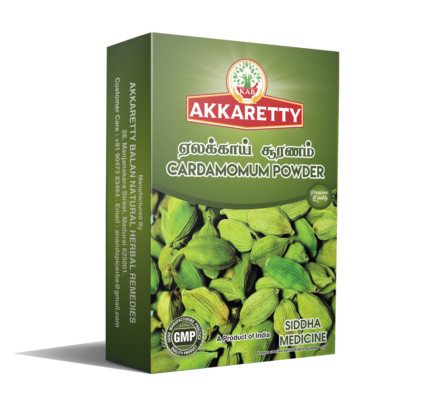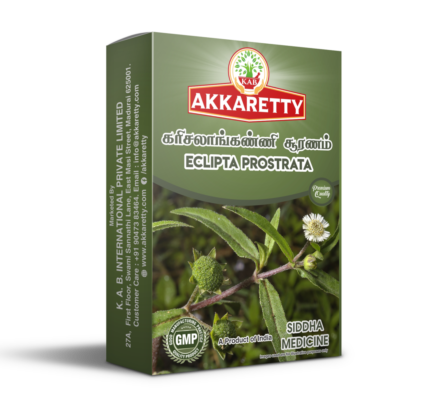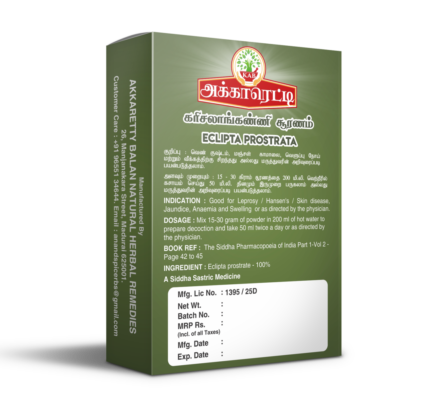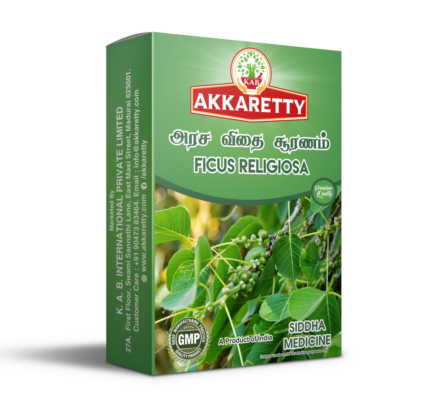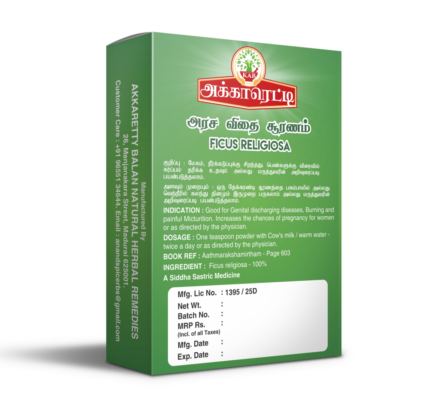Description
Neem is native to India and Burma. It is the state tree of Andhra Pradesh. Neem is a fast growing tree that can reach a height of 15-20 m, rarely to 35-40 m. It is evergreen but under severe drought it may shed most or nearly all of its leaves. The branches are wide spread. The fairly dense crown is roundish or oval and may reach the diameter of 15-20 m in old, free-standing specimens. The trunk is relatively short, straight and may reach a diameter of 1.2 m. The bark is hard, fissured or scaly, and whitish-grey to reddish-brown. The sapwood is greyish-white and the heartwood reddish when first exposed to the air becoming reddish-brown after exposure. The root system consists of a strong taproot and well developed lateral roots. The alternate, pinnate leaves are 20-40 cm long, with 20-31 medium to dark green leaflets about 3-8 cm long. The shape of mature leaflets is more or less asymmetric and their margins are serrated. The flowers (white and fragrant) are arranged axillary, normally more-or-less drooping panicles which are up to 25 cm long. The inflorescences, which branch up to the third degree, bear 150-250 flowers. An individual flower is 5-6 mm long and 8-11 mm wide.The fruit is a glabrous olive-like drupe which varies in shape from elongate oval to nearly roundish, and when ripe are 1.4-2.8 x 1.0-1.5 cm. But Neem is far more than a tough tree that grows vigorously in difficult sites. Among its many benefits, the one that is most unusual and immediately practical is the control of farm and household pests. Some entomologists now conclude that neem has such remarkable powers for controlling insects that it will usher in a new era in safe,natural pesticides.
Medical Benefits:
Good for Heat disease, Loss of taste, Intestinal worm, Syncope, Dryness of mouth and Emesis.
| Botanical Name | Common Name | Hindi | Malayalam |
|---|---|---|---|
| Azadirachta Indica | Neem Flower | नीमफूल / Ariyaveppu | ആര്യവേപ്പ്പട്ട / Neem phool |







